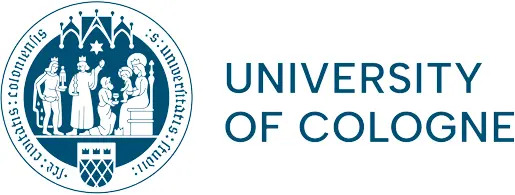Understanding how early humans expanded across continents during the deep past is one of the most fascinating questions in human prehistory—but answering it requires more than just archaeology or climate science alone. Projects that combine insights from both the humanities and natural sciences are increasingly essential. Yet, bringing together researchers from such different traditions poses real challenges: How do we connect qualitative narratives about ancient lives with quantitative models driven by data and computation?
One of the main difficulties is building a shared language between disciplines that have long operated in parallel rather than in partnership. Humanities researchers focus on historical context, material culture, and human meaning, while natural scientists rely on physical data, reduced simulations, and generalizable patterns. When modelling ancient human dispersal, for example, archaeologists must work with climate scientists and computer modelers to reconstruct environments from tens of thousands of years ago. But agreeing on which assumptions to make, which data to trust, and how to interpret uncertainty can be difficult when academic cultures and epistemological goals differ.
Despite these challenges, interdisciplinary projects are not only possible—they are necessary. In face of the climate crisis, the importance of understanding the long history of human-environment interaction, becomes increasingly obvious. It is clear that the tools of one discipline alone are not enough. Efforts like the „Our Way Model“, approached through research hubs such as HESCOR, show the power of combining insight from different disciplines to tell a fuller story of human expansion. These collaborations may be complex and take more time, but they are redefining how we study the past—and how we shape the future of scientific inquiry.
Please note that ChatGPT (OpenAI, May 2025, https://chat.openai.com) was used to refine parts of the text, which was subsequently edited by the author for structure, style, and content.
Source image blog teaser: Unsplash

